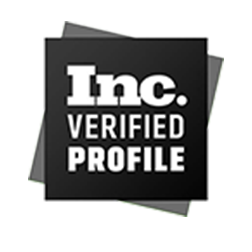Billing for dental services and billing for medical services are two different things that have different steps, codes, and rules.
There are some similarities between dentistry and medicine, but there are also significant differences that dentists and doctors must be aware of.
The types of procedures covered are among the most significant differences between dental and medical billing.
Billing for dental services usually includes cleanings, fillings, extractions, and orthodontic work. On the other hand, billing for medical services can include things like surgeries, lab tests, and prescription medications.
This means that you can’t switch between dental billing and medical billing codes, and you have to use them correctly for claims to be processed correctly.
The way insurance is handled is another big difference between dental and medical billing.
Dental insurance is usually separate from medical insurance, and the coverage and benefits can differ.
For example, dental insurance may not cover procedures like cosmetic dentistry, and medical insurance may not cover alternative treatments like acupuncture.
Dentists and doctors need to know how their patients’ insurance works to ensure they are billing them correctly.
One important thing to remember is that different agencies control dental and medical billing.
Most of the time, state dental boards are in charge of dental billing, while federal agencies are in charge of medical billing.
This means dental offices and medical facilities need to know the rules that apply to their fields to ensure they follow them.
Systems for dental billing and systems for medical billing are also very different regarding technology use.
Dental billing software is made to handle the unique procedures and codes used in dental offices.
In contrast, medical billing software is made to handle a broader range of procedures and codes used in medical facilities.
This means that dental offices and medical facilities need to use special software to ensure that their billing processes are as quick and accurate as possible.
Conclusion
Billing for dental services and billing for medical services are two different things that have different steps, codes, and rules.
Even though they are similar in some ways, dental practices and medical facilities need to be aware of the differences to ensure that their billing processes are as quick and accurate as possible.
To do this, you need to know the rules, codes, and insurance coverage for dental and medical billing and how to use the right software for each field.




